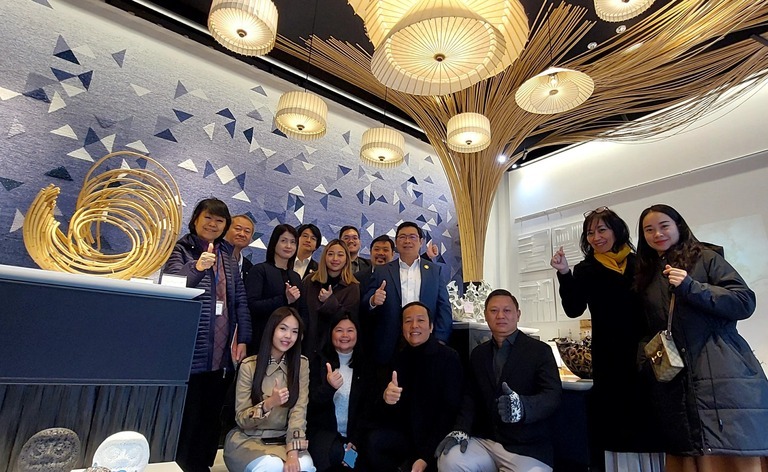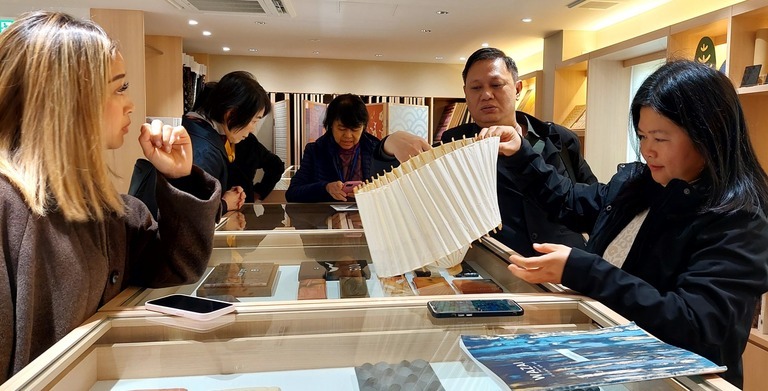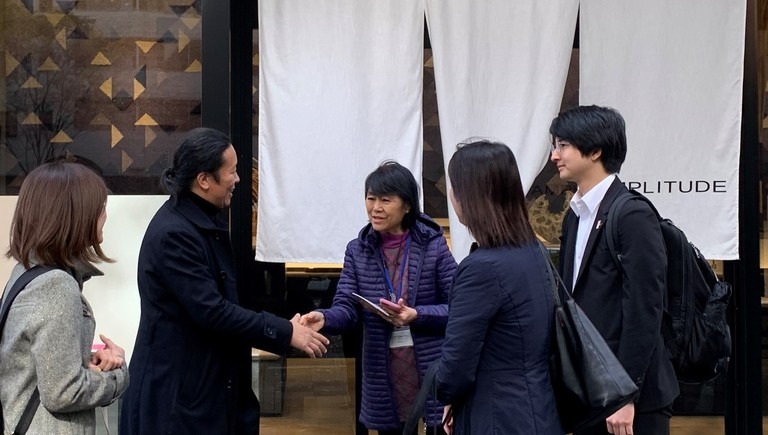
Category
Schedule
(Mon.) 27 November – (Fri.) 1 December 2023
Country / Member
- Cambodia
- Indonesia
- Lao People's Democratic Republic
- Malaysia
- Myanmar
- Singapore
- Thailand
- Viet Nam
Target
For Government Officials and Business Leaders from Developing Countries
Participants
12 individuals – Overseas Counterpart Organizations recommended businesses / Kansai Economic Federation officials
Continuing from last year, this year’s training course theme was Sustainability and Innovation. We visited locations where both of these themes and ‘business management’, a high priority topic among managers, could be studied.
One of these was a request for a lecture to be given by Mr. Kotaro Nishibori, company president of Hiyoshi in Kyoto and representative of TCI Research Institute.
Schedule
(Mon.) 27 November – (Fri.) 1 December 2023
Course Leader
Prof. Kenta Goto, Kansai University, Faculty of Economics
Client Organization
Kansai Economic Federation
SDGs
Persons in Charge
OKUMURA
Visited sites
Japan Association for the 2025 World Exposition, Shimadzu Corporation, Yamaoka Seisakusho Co., Ltd., Hiyoshiya, Panasonic Museum, Public Foundation of Kansai Research Institute, Advanced Telecommunications Research Institute International, Torefarm, Fukujuen CHA Yugaku Park, Kimura Soap Co., Ltd.
President Nishibori Speaks on Co-creation and Challenge
https://wagasa.com/ja
https://www.amp-kyoto.co.jp/
“Innovation is not only about high-tech. I learned that innovation can be found in traditional craftsmanship, even in the smallest companies.”
From Cambodian business manager Sofia’s results announcement.
Continuing from last year, this year’s training course theme was Sustainability and Innovation. We visited locations where both of these themes and ‘business management’, a high priority topic among managers, could be studied.
One of these was a request for a lecture to be given by Mr. Kotaro Nishibori, company president of Hiyoshi in Kyoto and representative of TCI Research Institute.
Mr. Nishibori became the fifth generation head of his wife’s family’s traditional Japanese umbrella craft workshop. However, in present-day Japan there is almost no market for traditional Japanese umbrellas. In the midst of this difficult business situation, one day, Mr. Nishibori noticed the light passing through Japanese washi paper and realized how beautiful it was. After a process of trial and error, and leaning on the expertise of designers and branding professionals, he came to meet modern interior aesthetics, and using the design and structure of the traditional Japanese umbrella, he developed his lampshades. This is real innovation.
This story told in a fine tempo by Mr. Nishibori allured the participants.
Myanmar businesswoman Rosalynn asked the following question, “Was there no opposition to making this enormous change?” to which Mr. Nishibori replied, “Before developing lampshades, at first I sold traditional Japanese umbrellas on my Web shop and they comprised 90 percent of the total of business sales. It was good to see these results.” Rosalynn was greatly impressed by Mr. Nishibori’s lecture and after it, approached him to enquire if it was possible for him to give a lecture to Myanmar businesspeople.
Throughout the world traditional crafts are continuously in decline. Foreign visitors to Japan are always amazed at the ‘fusion of traditional Japanese crafts and modernization’. We feel that this change is being noticed at a faster rate by these foreign visitors than here in Japan. Since long ago, traditional crafts have used natural materials. Also, creativity can be achieved through cooperation among various people in both small craft workshops and large enterprises. We hope that what was learned from Mr. Nishibori’s lecture will spread in each country and that innovation will grow to promote sustainability.


